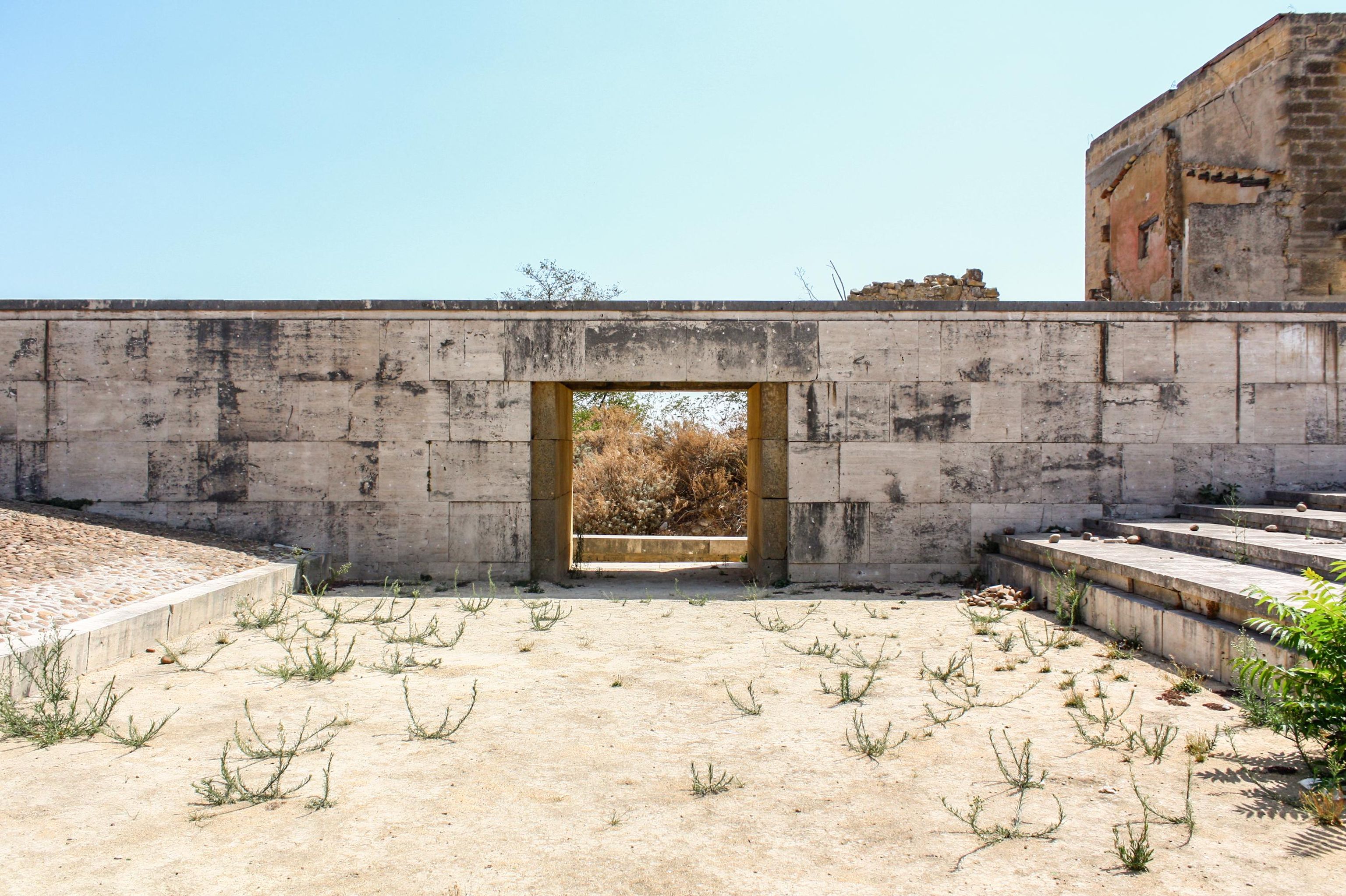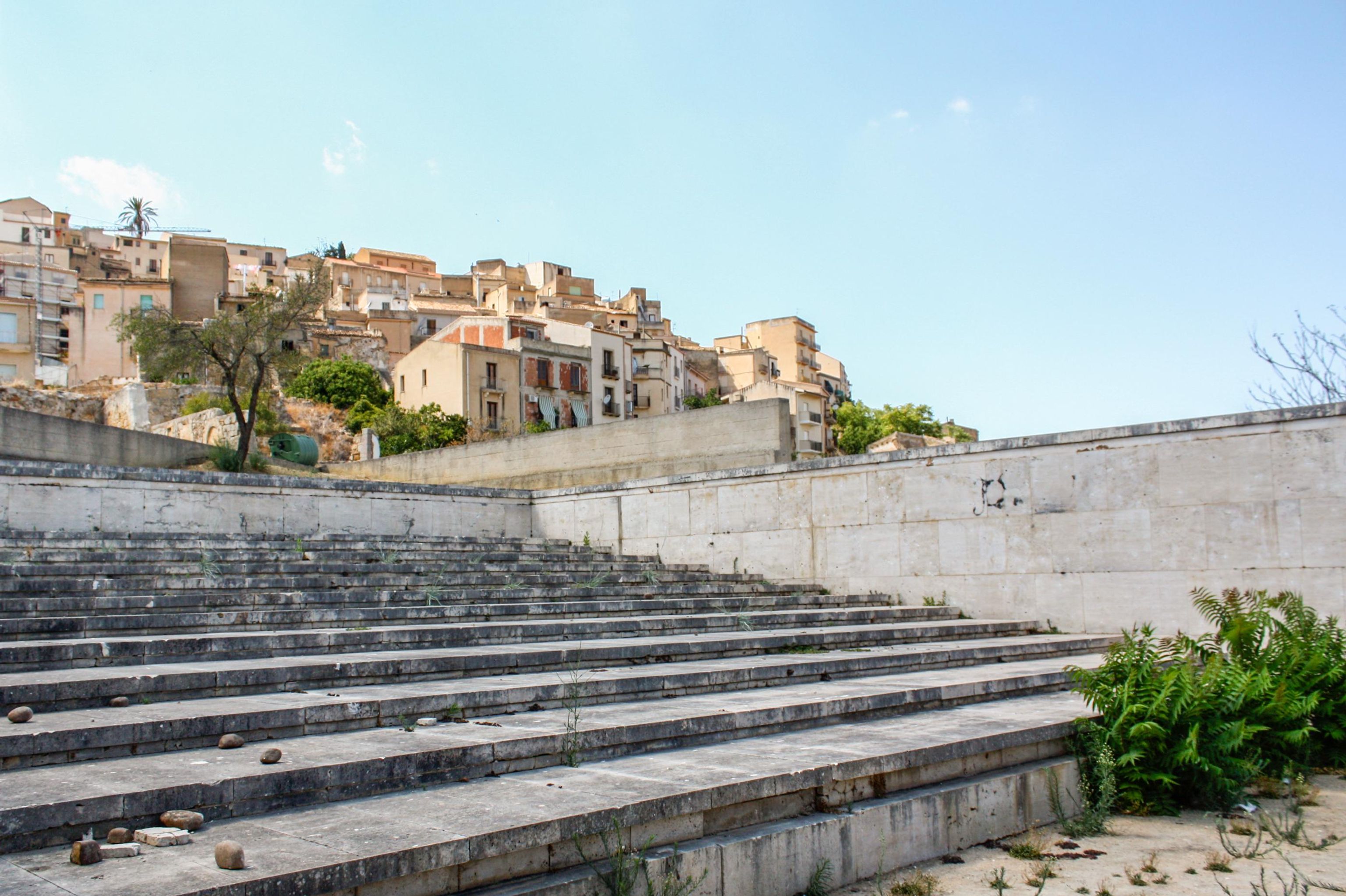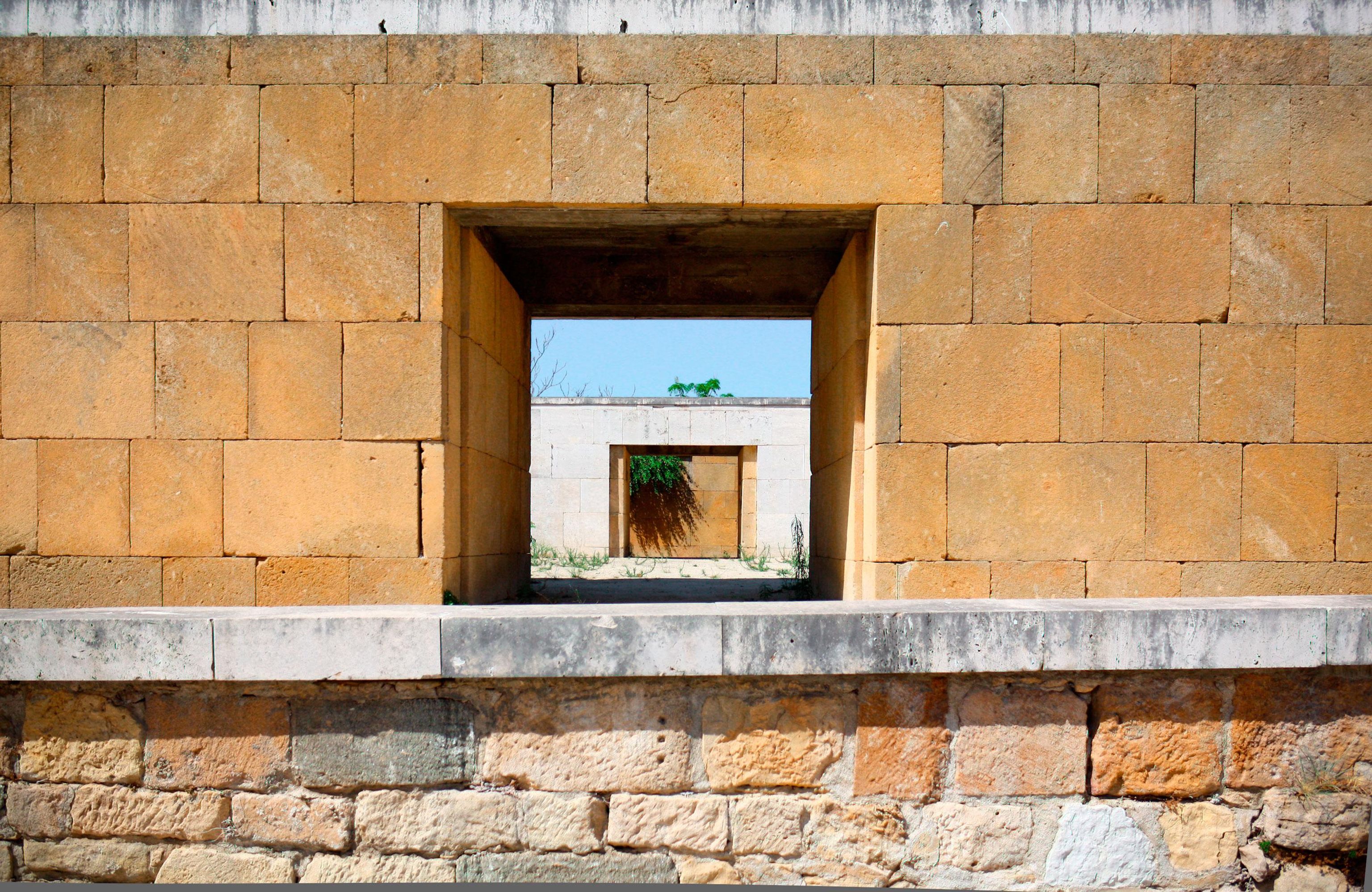
Francesco Venezia
Salemi Open Air Theatre
- ArchitectFrancesco Venezia
- PhotographerOrazio Saluci
LUDWIG GODEFROY I love the balance the project has between classical architecture and modern architecture.
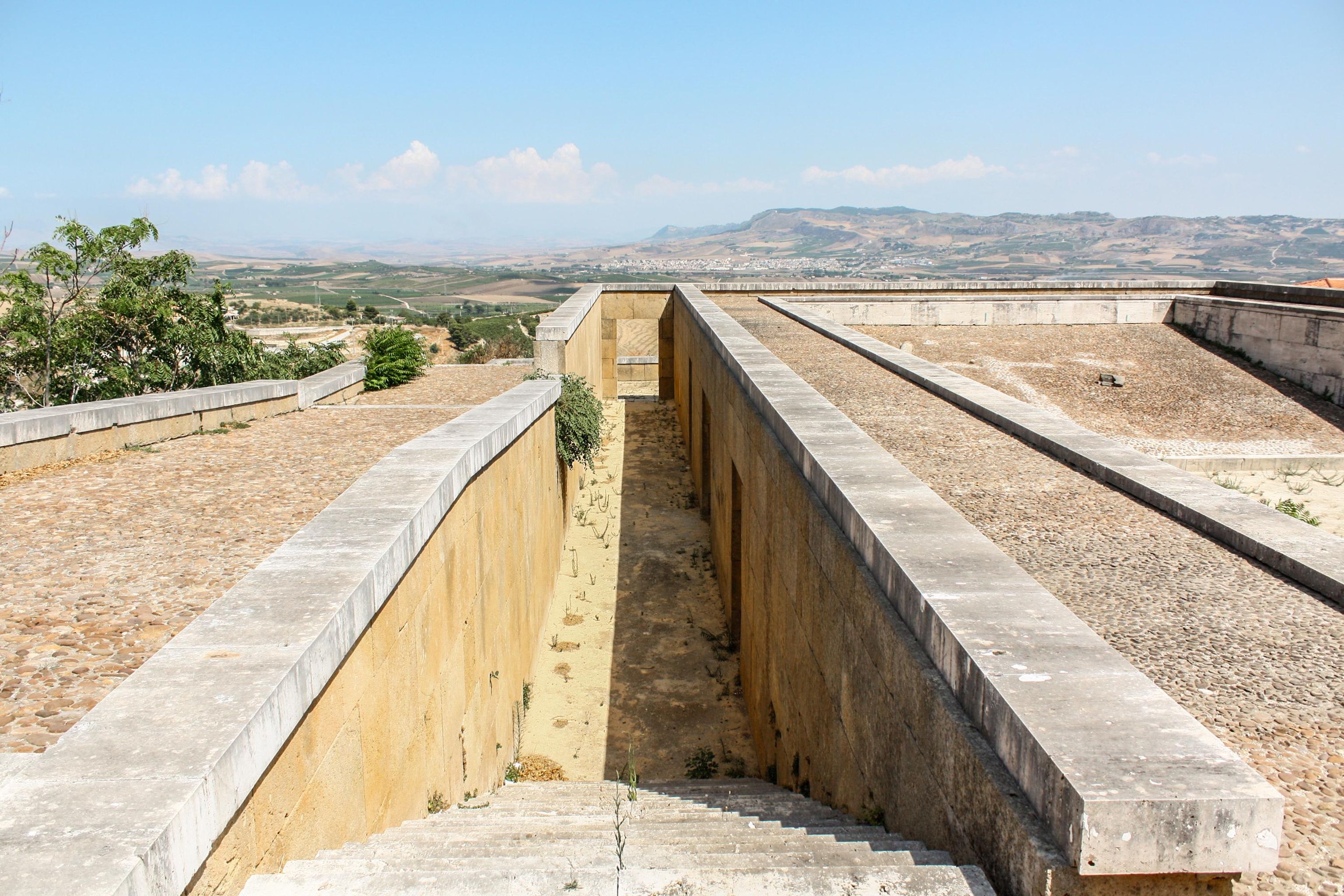
Francesco Venezia’s Open Air Theatre in Salemi
In the quiet hills of western Sicily, where olive groves roll toward the Belìce valley, the town of Salemi holds one of Italy’s most poetic examples of post-earthquake architecture: Francesco Venezia’s Open Air Theatre. Completed between 1983 and 1986, the project transforms the scars of destruction into a landscape of memory, a gesture that fuses ruin, terrain, and renewal.
The theatre sits in the Quartiere del Carmine, an area that had been in decline long before the 1968 Belìce earthquake and was later deemed unsafe for habitation. Amid the collapsed walls of a former church and convent, Venezia saw not desolation but potential. His vision was not to rebuild what had been lost, but to reinterpret it - transforming an abandoned void into a civic space for gathering, performance, and reflection.
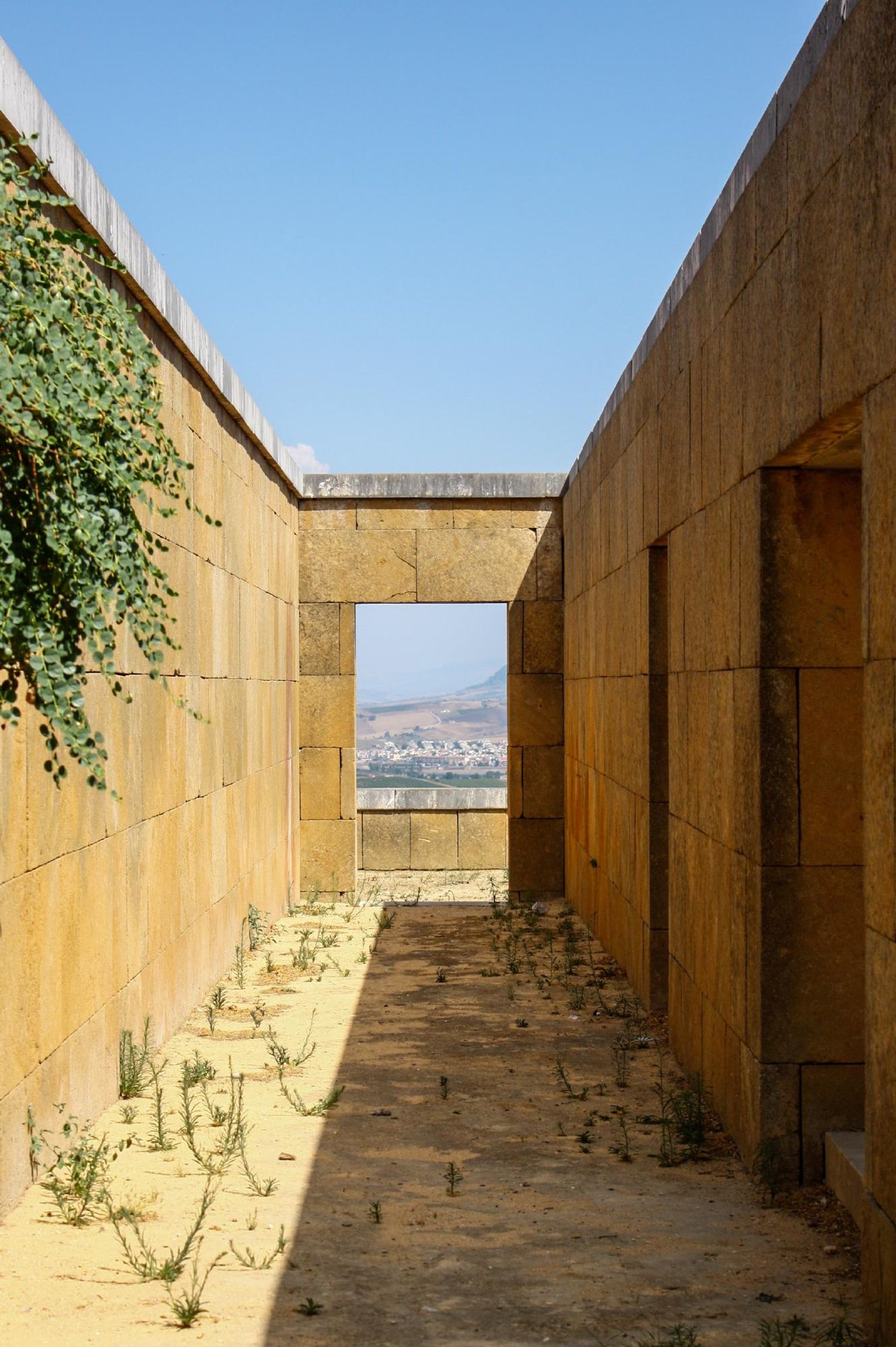
Rather than imposing a new form upon the town, Venezia and his collaborators - Marcella Aprile, Roberto Collovà, Valeria Tripoli, and photographer Orazio Saluci - worked with the land itself. The theatre unfolds as a series of terraces carved into the slope, its seating (the cavea) hewn from local travertine, its retaining walls dissolving gently into the ground above. The material palette - arenaria, pebble, tufa - was chosen to echo the worn textures of Salemi’s medieval fabric, allowing the new structure to age naturally into its surroundings.
The project was conceived as the first phase of the Giardino del Carmine, a larger plan to reimagine the ruined quarter as a public garden. Venezia described this process as a “typological conversion” - a shift not just in form but in meaning. What had once been a sacred enclosure became an open space for civic ritual; what was once a site of loss became a place for collective renewal. The remnants of the old convent - column bases, capitals, fragments of stone - were not removed but embedded into the theatre’s terraces, half-visible amid beds of pebbles. In doing so, the architect allowed the memory of the past to persist as a quiet undercurrent within the new.
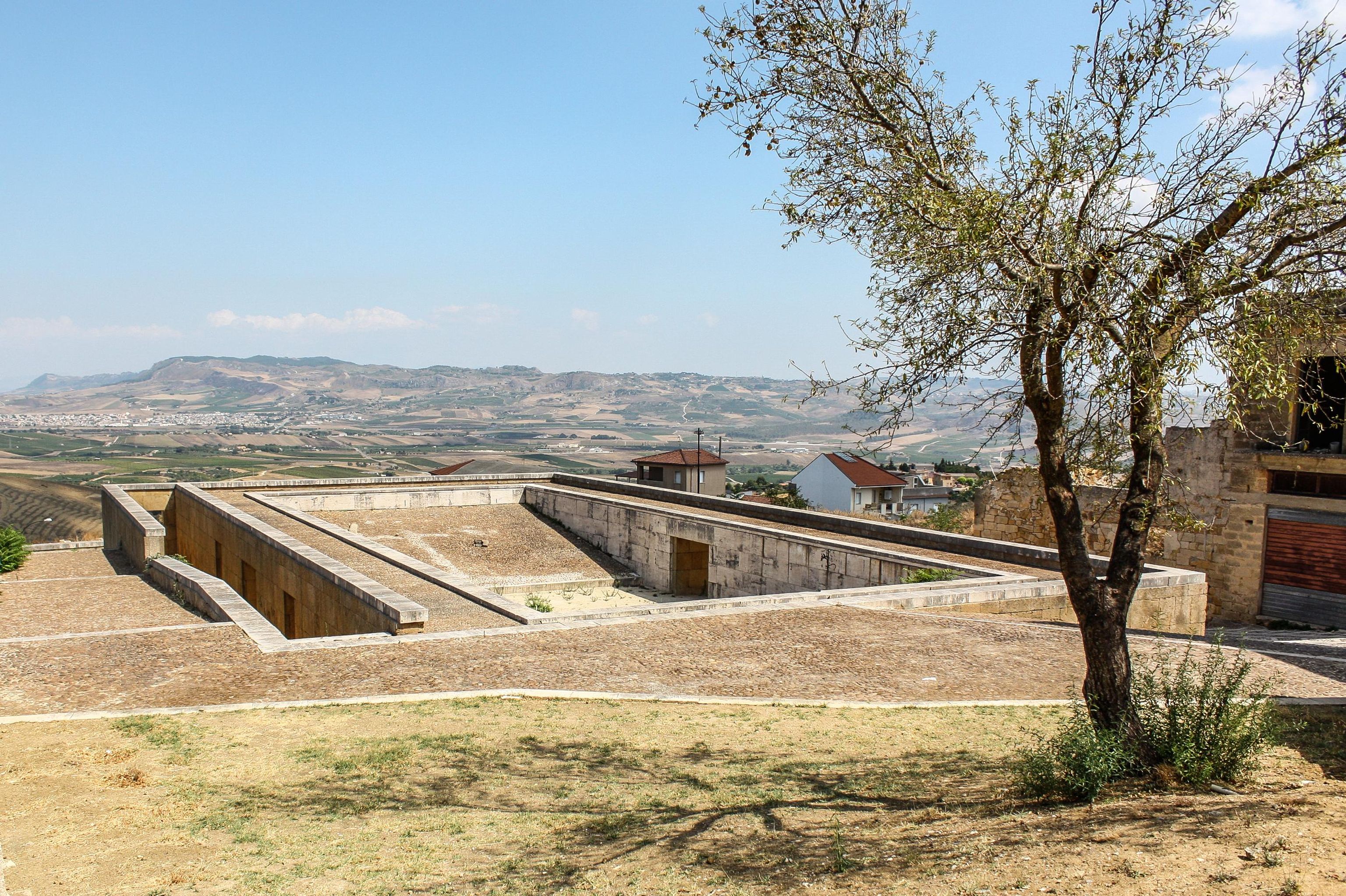
The legacy
More than a theatre, the project is an essay on time. It blurs the boundaries between architecture and archaeology, between construction and decay. Standing in the amphitheatre’s hollow, one feels both the absence of what was lost and the presence of something enduring - a civic optimism, modest yet profound.
Like much of Francesco Venezia’s work, the Open Air Theatre belongs to that strand of architecture often called critical regionalism: grounded in local materials and history, yet contemporary in its sensibility. It demonstrates how architecture can engage the landscape not as backdrop but as narrative, weaving memory and modernity into a single terrain.

In recent years, the Teatro del Carmine has faced neglect and overgrowth, its travertine steps softened by moss and silence. Yet even in disuse, it retains an austere beauty—the kind that comes from harmony between architecture, earth, and time. It remains a reminder that renewal need not erase memory, and that in places marked by ruin, architecture can still offer reconciliation.

